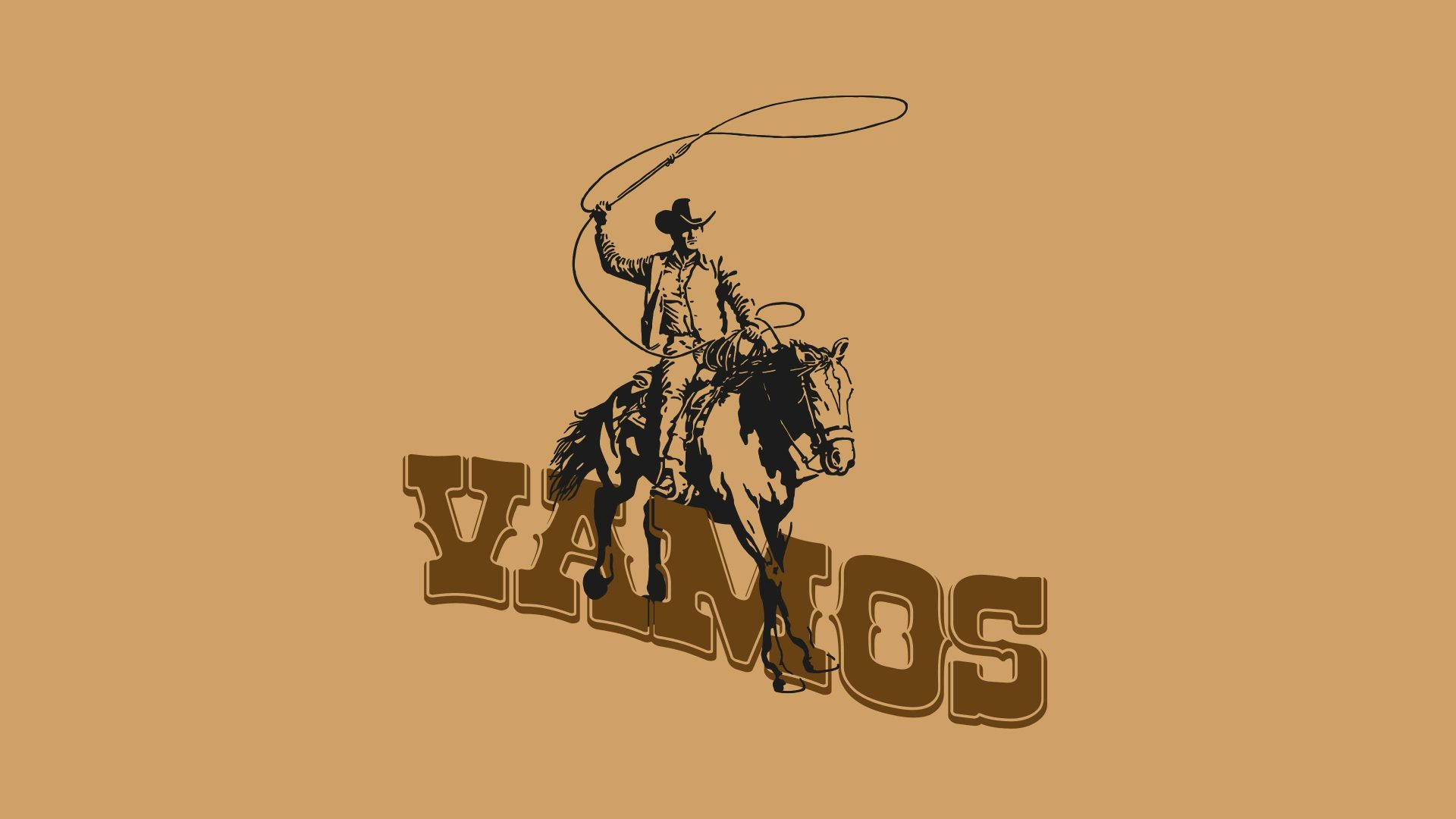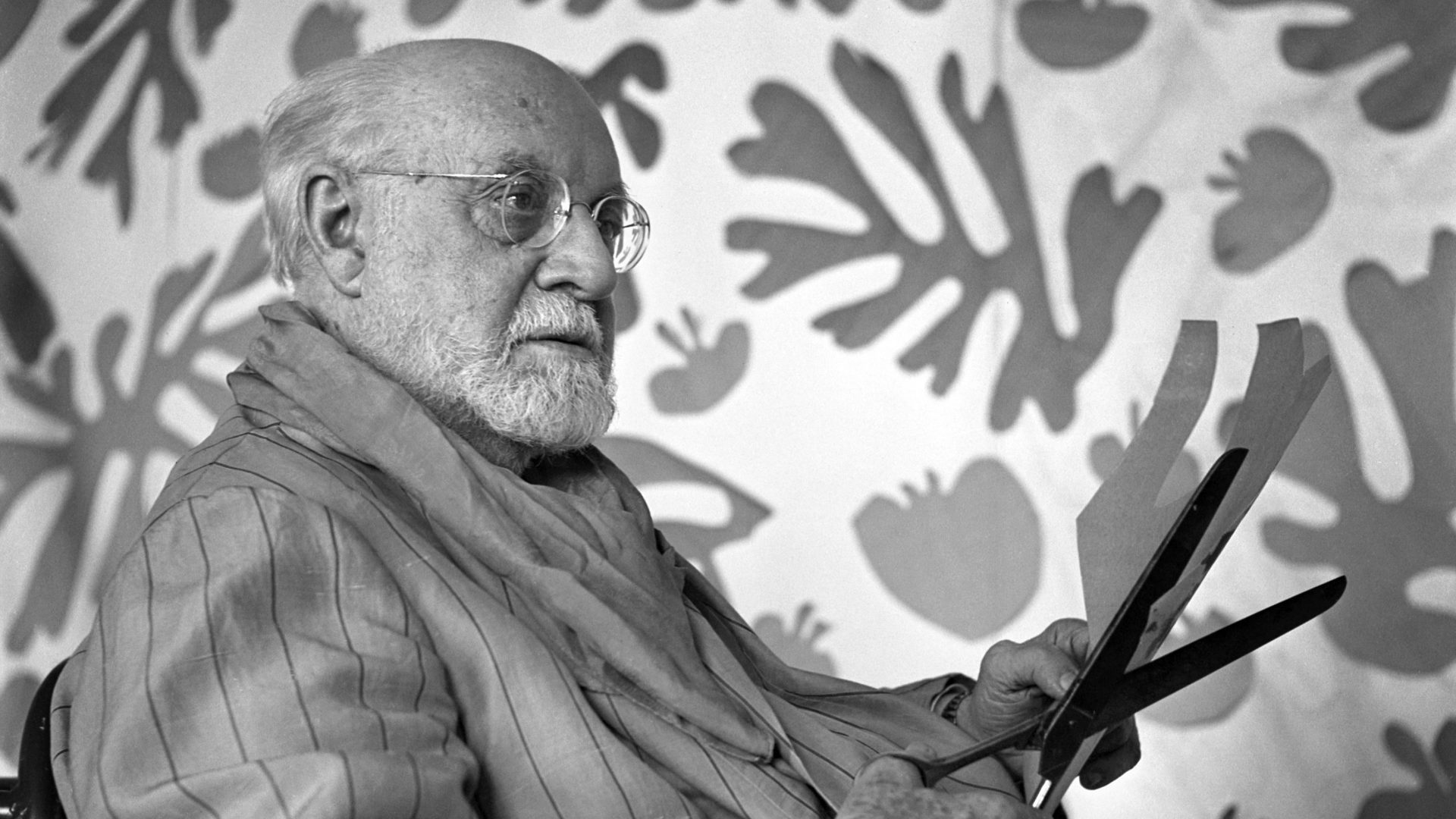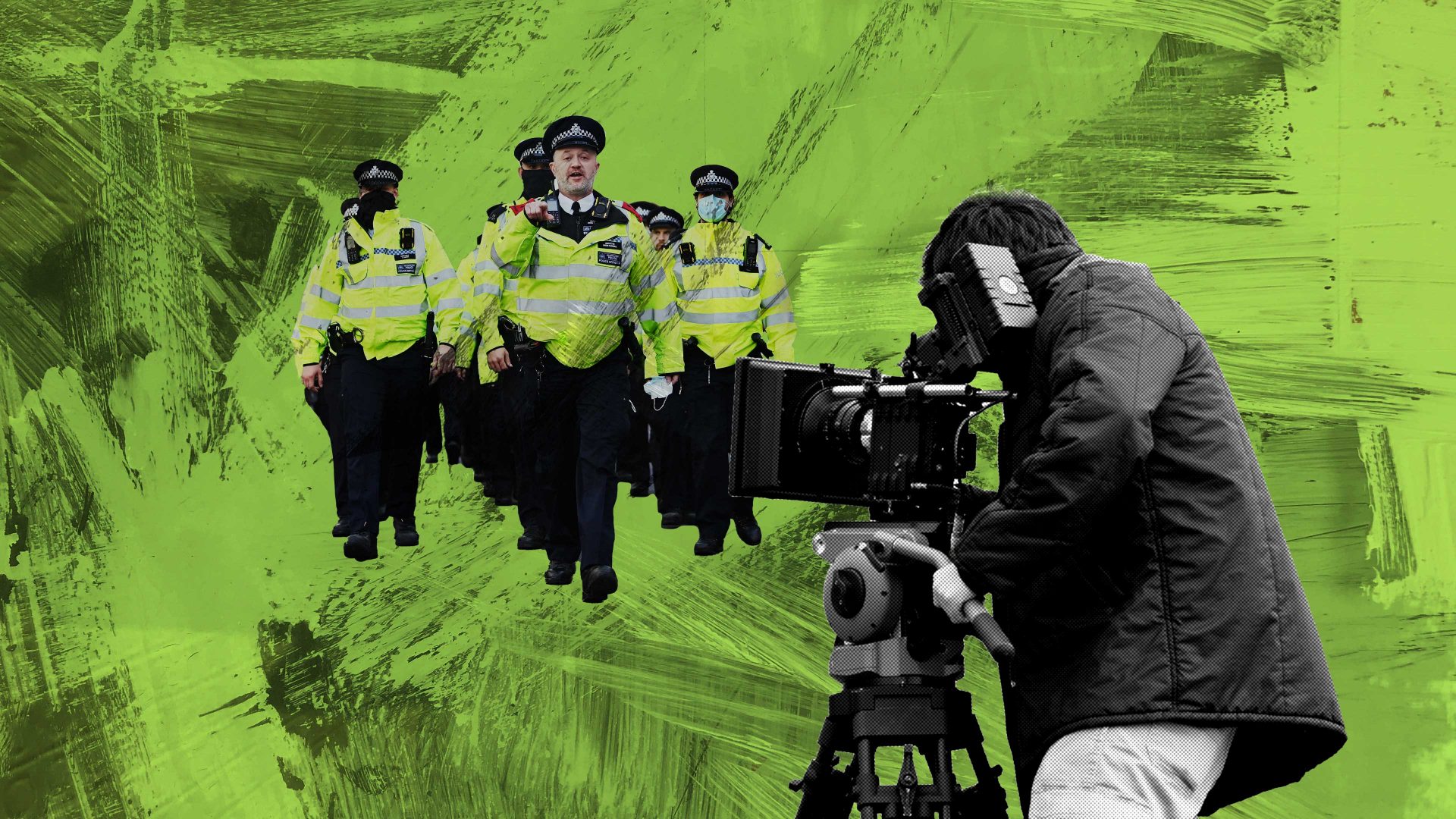Many of us who were small boys in the 1950s were fascinated by cowboys and Indians. Our interest was fuelled by comics, films (or as we called them then, “pictures”), and later, American TV programmes. Most of us wanted to be the Indians – today we would say Native Americans – as they were the ones who got to make and shoot their own bows and arrows.
It is remarkable now to think that the scenarios we were re-enacting then dated from at least a century previously – the heyday of the cowboys lasted only from the 1860s to the 1880s, when barbed wire started making them redundant – and had taken place several thousand miles from us.
The background to these stories of cowboys and Indians goes back to the USA’s behaviour towards its southern neighbour. At the beginning of the 19th century, Texas was an integral part of the former Spanish colony of Mexico, but it was then subjected to what was essentially an invasion. The area had been gradually infiltrated by large numbers of American settlers, who eventually became sufficiently numerous that, in 1836, they launched a war against Mexico.
This ultimately achieved independence for the area as the Republic of Texas, which turned out to be a deplorable development for many different peoples. In the new republic, unlike in Mexico, it was perfectly legitimate to keep slaves, a right which was guaranteed under the new Texas constitution, which also barred Native Americans from becoming citizens.
Mexico never agreed to the independent status of Texas, so when Texas became a US state in 1846, this provoked the Mexican-American war or, as the Mexicans called it, the Intervención estadounidense en México. This conflict ended in 1848 with the Americans being victorious. After their defeat, Mexico was compelled to cede not only Texas to the USA, but also California, Nevada, Utah, Arizona, New Mexico, and the parts of Colorado which were not already under US control.
This opened up the southern plains to American exploitation – an area consisting of much of central and northern Texas, most of western Kansas and Oklahoma, and parts of Nebraska, Colorado, and New Mexico. A substantial portion of this land was then given over to raising cattle. What we did not know as children was that cowboys were not boys, but rather men on horseback who herded cattle huge distances from the southern plains to new pastures or to the slaughterhouses of northern cities such as Chicago.
The cowboys were a mixed bunch and included many African-Americans as well as Mexican vaqueros – a Spanish word derived from vaca “cow”, anglicised as “buckeroo”; cowboy was probably originally a translation of vaquero. This ethnic mixture brought the Spanish and English languages into intimate contact, and over time the cowboys developed their own distinctive vocabulary, which contained many Spanish words.
One word that we knew as children was vamoose “to decamp (hastily), be off”, which we used as a command – “Go away”. The term first appeared in print in English in 1834 and clearly comes from Spanish vamos, the first-person plural form meaning “we’re going; let’s go”.
Another cowboy word which is obviously Spanish in origin is lasso, from Spanish lazo “noose, slipknot”. Loco is Spanish for “crazy” and was also common in cowboy talk. And “ranch” is from Spanish rancho “hut, house, building, hamlet, village”.
Stampede
A stampede is a potentially very dangerous event which happens when a group of panicked cattle suddenly start running in the same direction. The English word was originally borrowed by American cowboys from the Spanish of the Mexican vaqueros, where estampida meant “crash, uproar”.




